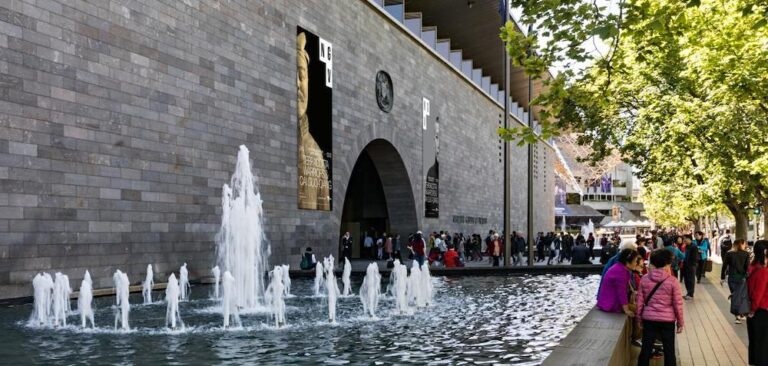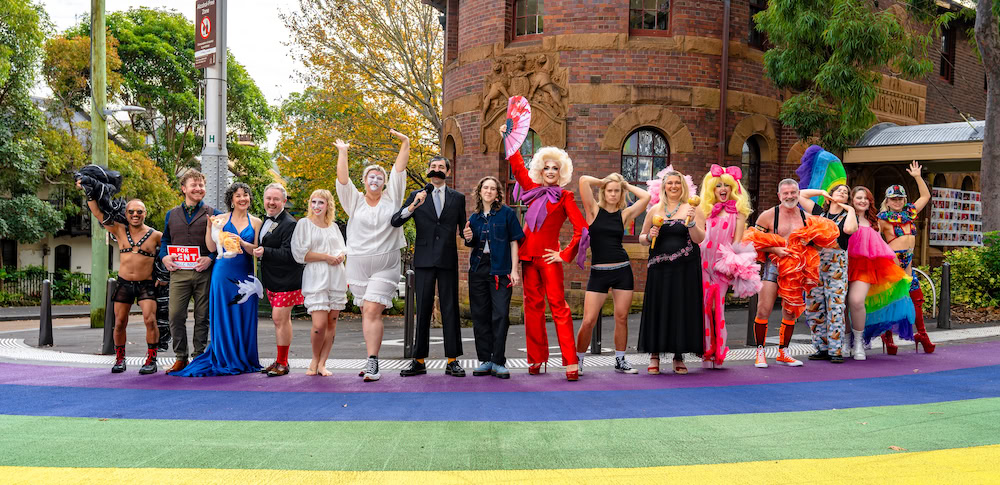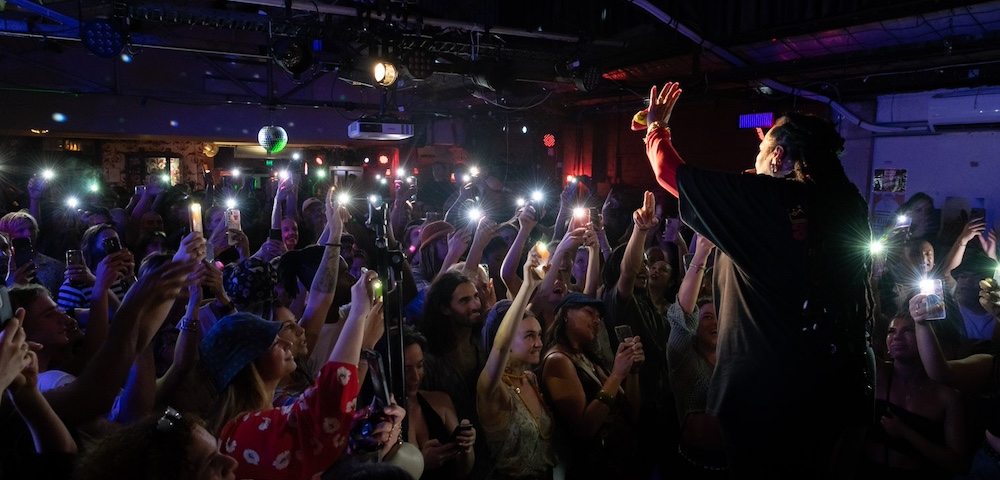
Needless deaths, but no outcry
When people began to die or were struck blind from drinking contaminated moonshine under Prohibition in the United States during the 20s and 30s, many saw it as a warning the policy had failed and was doing more harm than good. Yet in 21st century Australia when people die from taking pills that they thought were ecstasy but in fact were not, there is no such outcry or self-examination.
A number of high profile deaths from PMA passed off as ecstasy have highlighted the problem again this year. Despite the rarity of this highly toxic drug it has been responsible for at least 25 overdoses resulting in hospitalisation since 1999. The high price of ecstasy in Australia has also led to many users moving on to GHB, seen as a cheaper substitute despite the higher risk of overdose in its use.
In comparison most deaths attributed to ecstasy are the result of users who have either drunk too much water, overheated through overexertion, or engaged in poly-drug use and died from the interaction of a number of drugs – all of which could be avoided through better education.
Australia has the highest rate of ecstasy use in the world – over 100,000 pills are consumed every weekend, and it is estimated 20 percent of Australians aged between 20 and 29 have tried the drug. Yet its use is not associated with drug-related theft or violent crime – in some instances overseas it has even been credited with a dampening effect on street crime.
Nor is it associated with physical addiction and for most it is a drug of occasional use.
But while mere decriminalisation might be an appropriate response with a cultivated drug like marijuana, manufactured drugs like MDMA require much more of a hands-on approach by government to ensure needless deaths do not occur and that means legalisation and regulation. This would take the drug out of the hands of organised crime, with users being rationed as to the quantities they can purchase while knowing they are accessing a safe supply.
Such a policy would also have benefits in preventing use in under 18s while the profits could be directed into funding the world’s best treatment services for when users do decide to quit.
Instead, even the stopgap approach of allowing pill testing kits has been rejected by state and federal governments despite the lives they might save – the predictable response being that anything that makes drug use safer might encourage more use.
The same is said when the idea of regulation through legalisation is brought up, even though criminal sanctions have demonstrated no potential to deter users.
The foolishness of this is that it seems to imply that without the risk of imprisonment and avoidable health risks, there would be no reason not to use drugs. If that was really the case (and it’s not) then why were they made illegal in the first place?
Email: apotts@ssonet.com.au.









